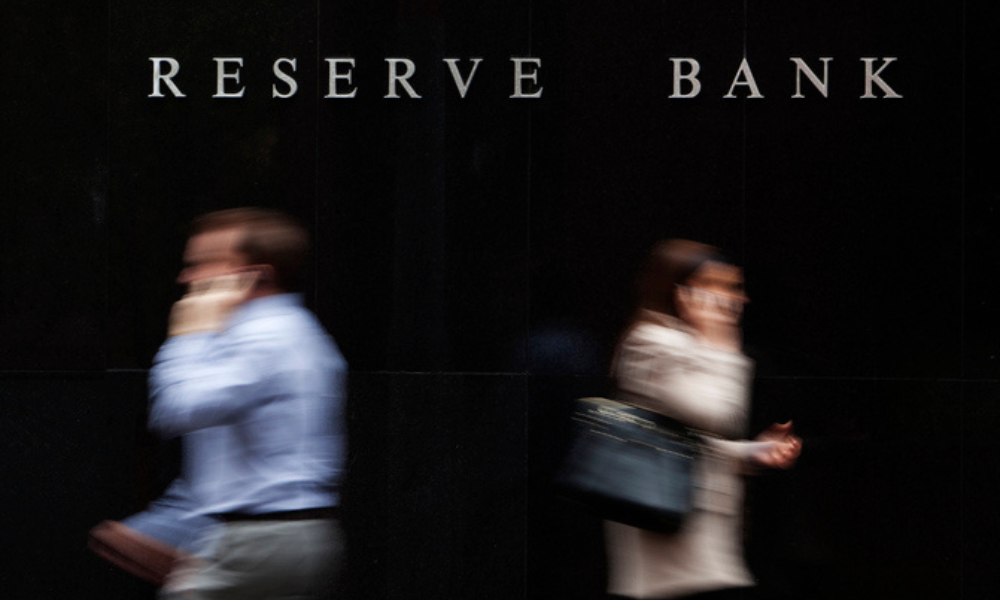The bank is evolving due to considerable changes in expectations, official says

The Reserve Bank of New Zealand has been evolving to meet the increased expectations from stakeholders as a modern central bank and prudential regulator, RBNZ Deputy Governor Christian Hawkesby said in a speech published Thursday.
“As an institution, we are going through the most significant changes since the Reserve Bank of New Zealand reforms of the 1980s,” Hawkesby said. “Expectations on us have changed considerably in recent decades, which have led to changes to our legislation and mandate, including our new overarching purpose to ‘promote the prosperity and wellbeing of New Zealanders and contribute to a sustainable and productive economy.’”
Read more: RBNZ to design debt-to-income restrictions
RBNZ has been transforming its approach as a prudential regulation to make sure it’s aligned with its role and responsibilities as a modern kaitiaki (guardian) of the NZ’s financial system, guided by three key documents: its Financial Policy Remit, Statement of Prudential Policy, and Relationship Charter, Hawkesby said.
The central bank’s responsibility as a prudential regulator has broadened over time, from banks to include non-bank deposit takers, financial market infrastructures, and insurance companies. RBNZ has also been taking a more intensive approach to supervision and ensuring it has the appropriate tools to recover and resolve the institutions it regulates in the event of a crisis.
“A sound and well-functioning financial system is an invaluable public good which we all rely on to live our lives,” Hawkesby said. “At Te Pūtea Matua, we have been taking a wider view of the financial system to recognise its interconnectedness with the rest of society.”
To enable a virtuous circle of prosperity and wellbeing, RBNZ is taking a long-term perspective on issues like climate change and recognising the strengths and benefits that incorporating a Te Ao Māori perspective provides.
Read next: Climate matters to RBNZ – here's why
“We are working collaboratively with other regulators, both in Aotearoa New Zealand and internationally and we are striving to build and maintain the best ‘regulator/regulated’ supervisory relationships possible with all our different regulated entities,” Hawkesby said. “We are doing this through the principle of ‘te whakatōpū’ – a combined effort to ensure an efficient system is upheld for the benefit of all.”



